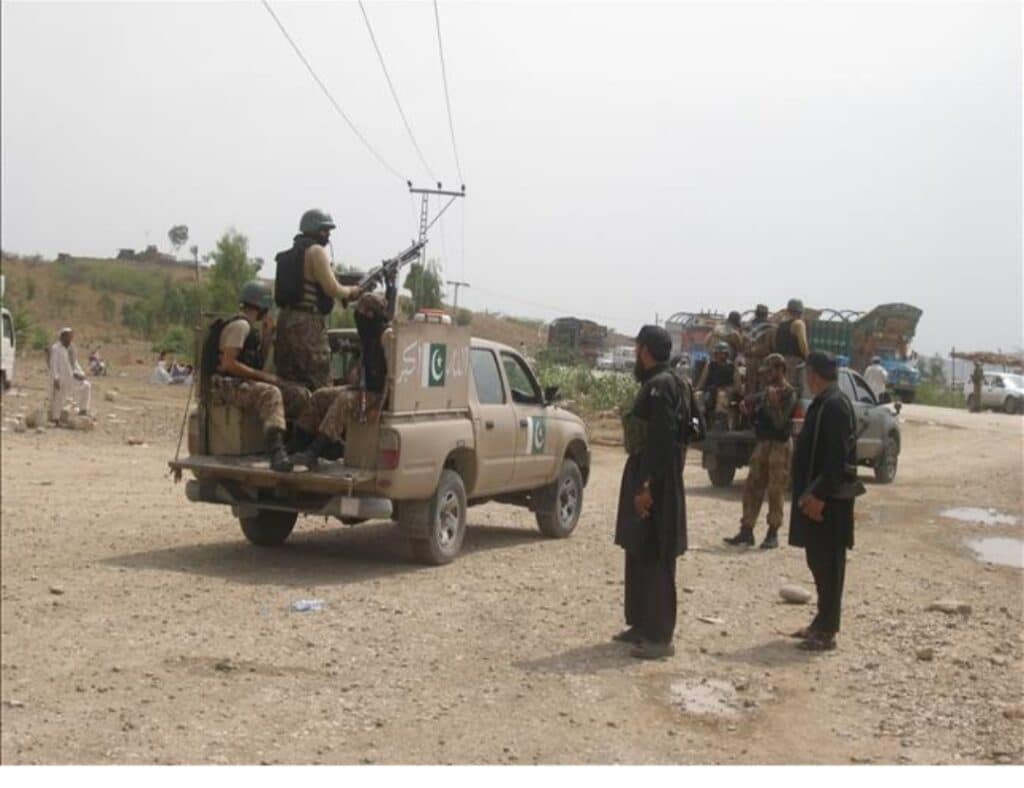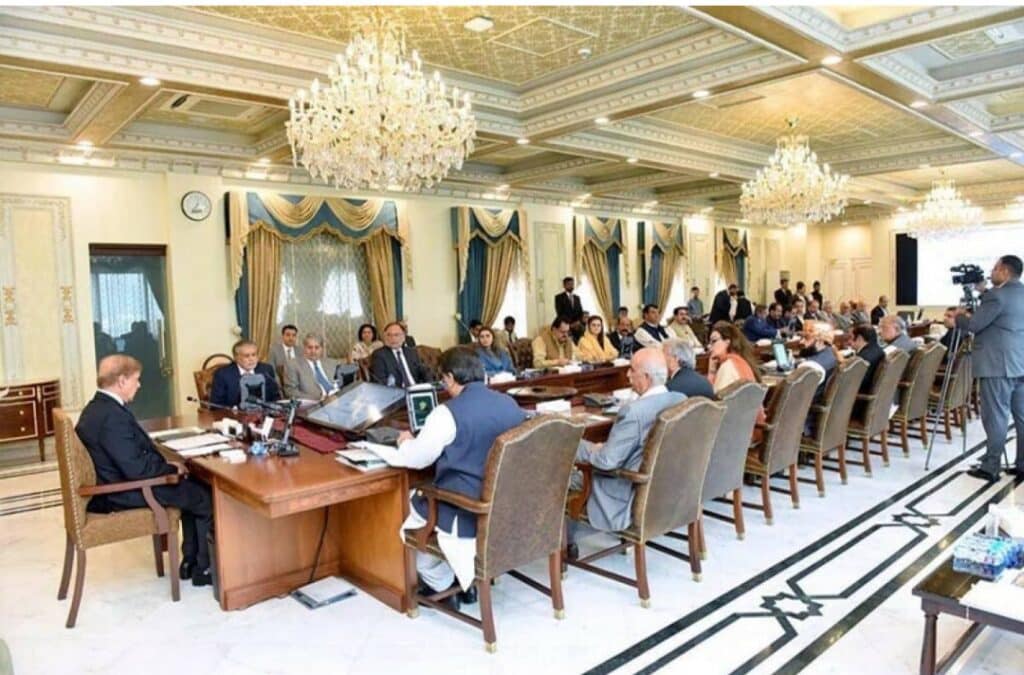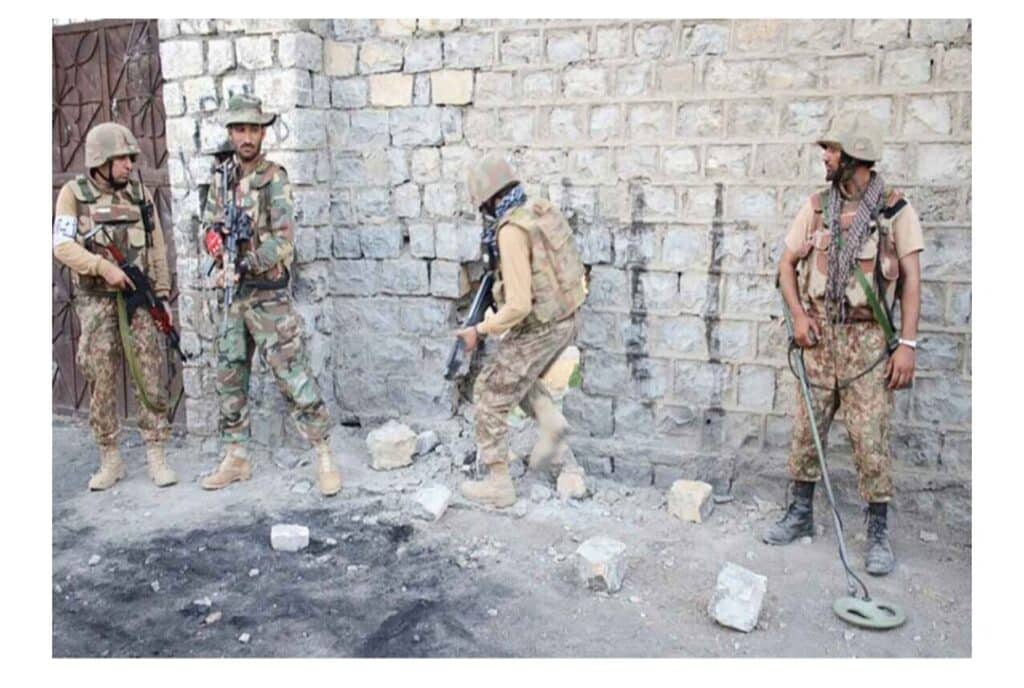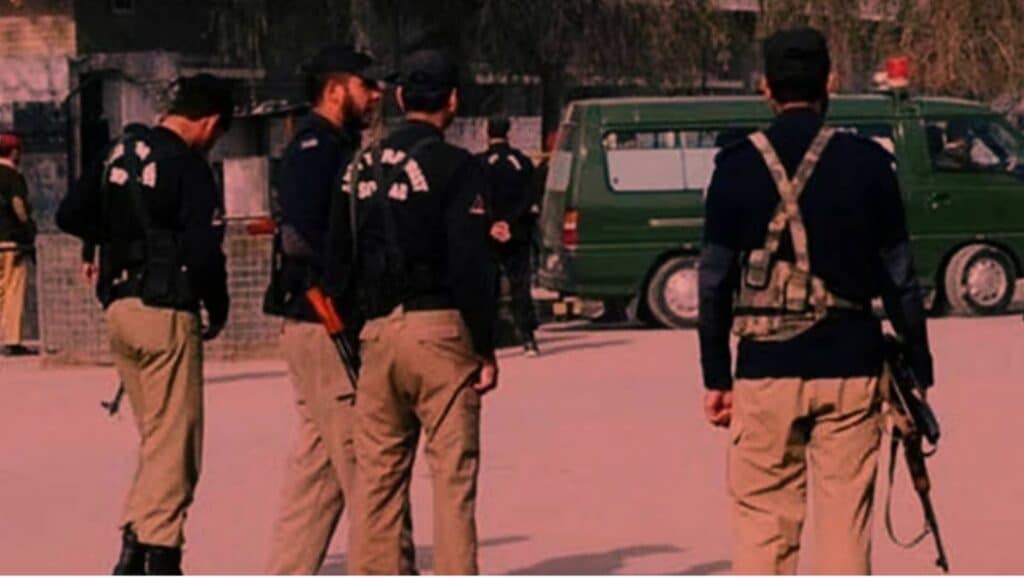Sources reveal that the number of Indian Air Force (IAF) pilots killed in routine air crashes is 30 times higher than the casualties suffered during the Kargil War, pointing to alarming deficiencies in operational safety and preparedness.
Over the past three decades, the Indian Air Force has suffered more than 550 air accidents, resulting in the deaths of over 150 pilots. These recurring incidents have raised serious questions about the IAF’s safety protocols and operational competence.
According to sources, the frequency of peacetime fatalities within the Indian Air Force far exceeds wartime losses, particularly those incurred during the Kargil conflict. Human error, technical malfunctions, inadequate training, and substandard maintenance are among the primary causes of these fatal crashes.
In the latest incidents, a Jaguar fighter jet crashed during a night training mission in Jamnagar on April 2, 2025, killing pilot Lieutenant Siddharth Yadav. In March 2025, two fighter jets—including another Jaguar—crashed on the same day in separate incidents. Earlier, in November 2024, a MiG-29 aircraft went down near Agra in Uttar Pradesh, while in January 2023, a Sukhoi Su-30 and a Mirage 2000 collided mid-air during a training exercise in Madhya Pradesh. On December 8, 2021, Chief of Defence Staff General Bipin Rawat and 13 other officers died in a helicopter crash.
The MiG-21 aircraft, still in use by the Indian Air Force, has earned grim nicknames such as “Flying Coffin” and “Widow Maker” due to its notorious safety record. Notably, a MiG-21 Bison was also the aircraft shot down by Pakistan in 2019 during an aerial confrontation, piloted by Wing Commander Abhinandan Varthaman.
Defense analysts argue that the spate of air crashes has exposed deep-rooted flaws in India’s military readiness and safety systems. They assert that Prime Minister Narendra Modi’s defense policies have weakened India’s strategic capabilities rather than strengthening them, and his promises of military modernization have largely remained rhetorical.





